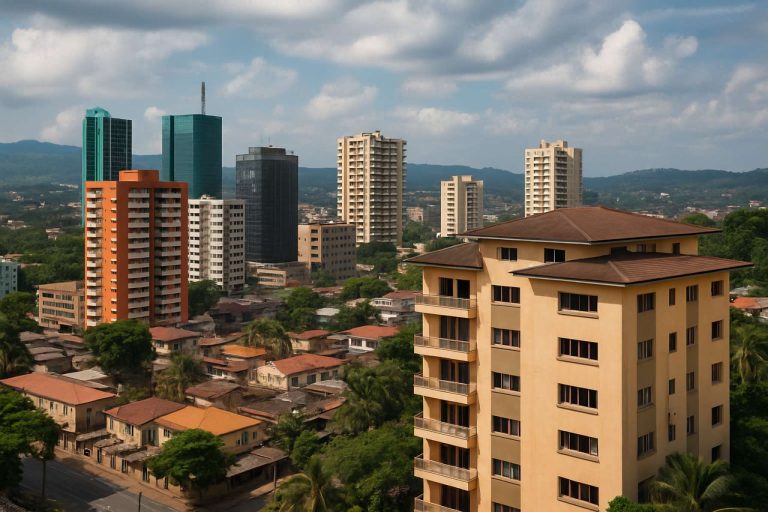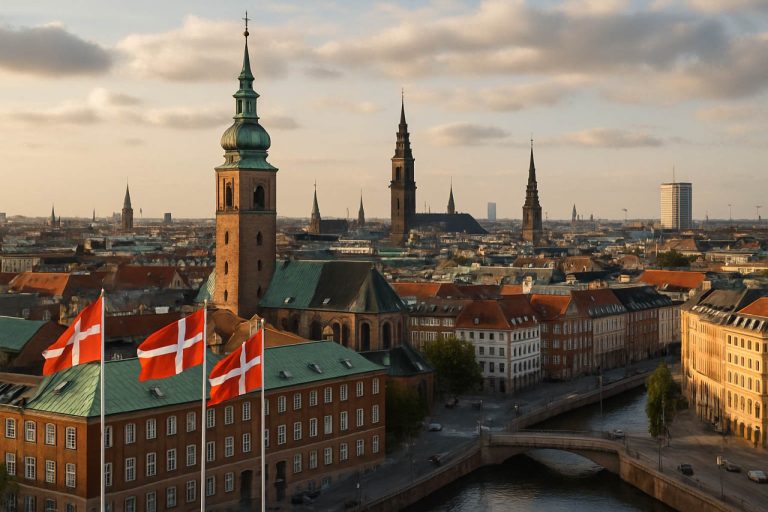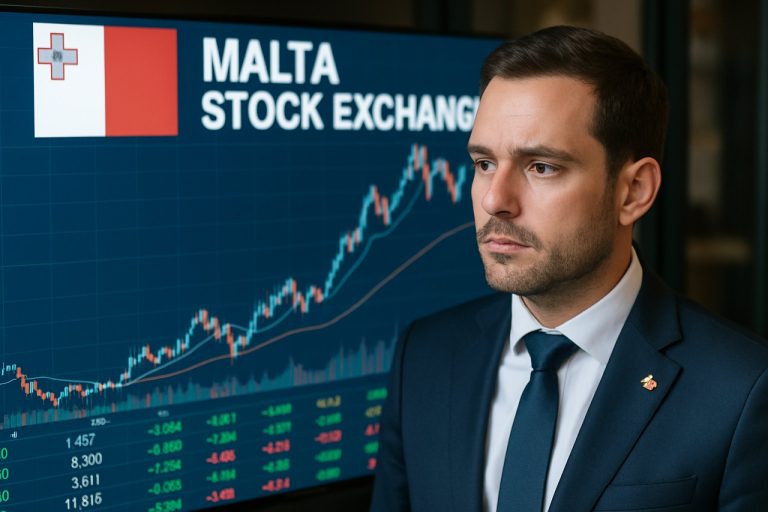
- The Netherlands, home to Europe’s largest seaport in Rotterdam, serves as a critical hub for global trade compliance and supply chain efficiency.
- Its strategic location provides seamless connectivity across continents, supporting both incoming and transit trade activities.
- International trade compliance in the Netherlands involves a detailed regulatory framework, including mastery of the Harmonized System (HS) Code for classification and taxation.
- Modern technologies like blockchain and AI enhance transparency and process efficiency, reducing errors and bolstering reliability in trade operations.
- Skilled professionals interpret complex international trade laws, ensuring conformity with global peace and security standards.
- For businesses, navigating compliance is crucial, offering a competitive edge and stability in the global marketplace.
Beneath the sweeping skyline of Rotterdam, Europe’s largest seaport, the Netherlands pulses as a vital artery of global commerce. Known for its pioneering infrastructure and rich trading history, this nation is not just a picturesque postcard; it’s a powerhouse of international trade compliance—a critical engine smoothing global supply chains.
The Netherlands excels as both a destination and transit hub. With its strategic location, the country deftly connects continents, inviting businesses to engage in commerce with confidence. Yet, within this vibrant backdrop, a delicate dance of regulations and compliance unfolds, orchestrating a symphony known as international trade compliance.
Imagine rows of containers stacked like monstrous LEGO blocks, each larger than life, each paired with meticulously checked documentation. To an outsider, this may seem mundane. However, each document, guidebook, and policy document ensures that goods flow through the Dutch channels legally and efficiently.
One standout example lies within the stringent yet essential customs procedures. Here, traders must master the Harmonized System (HS) Code—every product’s passport. This internationally standardized system classifies every conceivable item, from tulip bulbs to turbines, ensuring transparency, proper taxation, and regulatory approval.
Today’s digital age brings new challenges and opportunities. The Netherlands enthusiastically embraces cutting-edge technology, wielding it to track and manage the mountains of data that accompany international trade. Blockchain and AI implementations streamline processes and provide unprecedented transparency, reducing human error and enhancing reliability. Imagine blockchain as an invincible chain, providing a clear, immutable ledger of each step in a shipment’s journey.
However, technology alone doesn’t shape success. The human element remains indispensable, particularly when navigating the intricate web of international trade agreements and economic sanctions. Skilled professionals decipher complex rules, guiding trade while respecting international laws and ethical standards. Knowledge of export controls and embargoes ensures that Dutch trade stays aligned with global peace and security initiatives.
What does this mean for businesses and entrepreneurs beyond the canals of Amsterdam? The takeaway is clear: navigating international trade compliance is both an obligation and an opportunity. It demands vigilance and adaptability but rewards those who master it with seamless operations and competitive edges in the global market.
In essence, international trade compliance in the Netherlands is more than a set of rules—it’s a gateway, a passport to stability and trust in the bustling bazaar of global business. As you chart your course in international trade, remember the Dutch example: stringent compliance is the wind in your sails, guiding you smoothly across the world’s vast economic seas.
Unlocking International Trade Success: Insights from the Dutch Model
The Netherlands: A Global Trade Giant
The Netherlands, known for its iconic windmills and vibrant tulip fields, plays a more significant role on the world stage than meets the eye. As one of the largest hubs for international trade compliance in Europe, it offers critical lessons for businesses aiming to streamline their global operations.
Strategic Location and Infrastructure
Nestled at the crossroads of Europe, the Netherlands utilizes its strategic location as a gateway, connecting key European markets with the rest of the world. Rotterdam’s port, along with Schiphol Airport, forms a logistics powerhouse, allowing efficient movement of goods by land, sea, and air.
Advanced Technology in Trade
Innovations in technology, such as blockchain and AI, play a pivotal role. Blockchain technology enhances transparency and security, creating an immutable record of every transaction. Implementing AI in customs operations helps in anomaly detection and rapid processing of documentation, reducing delays and increasing accuracy.
Importance of the Harmonized System (HS) Code
A cornerstone of international trade compliance is the HS Code. Understanding this system allows businesses to classify goods efficiently, ensuring they meet import/export requirements, which facilitates accurate taxation and compliance with trade laws.
Human Expertise and Trade Agreements
While technology enhances efficiency, human expertise remains crucial. Trade professionals in the Netherlands must navigate an intricate landscape of regulations and policies. They must be well-versed in international trade agreements, export controls, and economic sanctions, ensuring ethical business practices and adherence to international laws.
Real-World Use Cases
1. Small Businesses and Startups: Utilizing the Dutch model, small businesses can expand their market reach. Leveraging Rotterdam’s infrastructure can lower shipping costs and transit times, making global trade more accessible.
2. E-commerce Giants: Companies like Amazon and Alibaba use the Dutch hub to streamline European operations, managing inventory more effectively with faster delivery times.
Market Forecasts and Trends
According to industry analysts, the emphasis on sustainable trade practices is growing. The Netherlands is at the forefront, promoting green logistics solutions, such as electric cargo vehicles, thereby improving ecological footprints and aligning with global sustainability goals.
Pros and Cons Overview
Pros:
– Exceptional infrastructure for logistics and transportation.
– Cutting-edge technology enhancing compliance and efficiency.
– Strategic geographical location aiding rapid distribution.
– Strong legal frameworks ensuring secure trade.
Cons:
– Complex regulatory environment requiring specialized knowledge.
– High operational costs for technology adoption and compliance.
Actionable Recommendations
1. Leverage Technology: Integrate blockchain and AI into your supply chain to enhance transparency and reduce errors.
2. Understand HS Codes: Invest time in mastering the HS Code system to avoid compliance issues and mitigate delays.
3. Hire Expertise: Employ experienced trade compliance professionals who are well-versed in international laws.
4. Embrace Sustainability: Invest in green logistics to align with upcoming environmental regulations and consumer preferences.
Stay Ahead with the Dutch Example
Adopting lessons from the Dutch trade model can give any enterprise a competitive edge in the global market. By focusing on rigorous compliance, technological integration, and sustainable practices, businesses can not only meet but exceed international standards.
For more insights on international trade and compliance, visit the Netherlands Business Agency.



